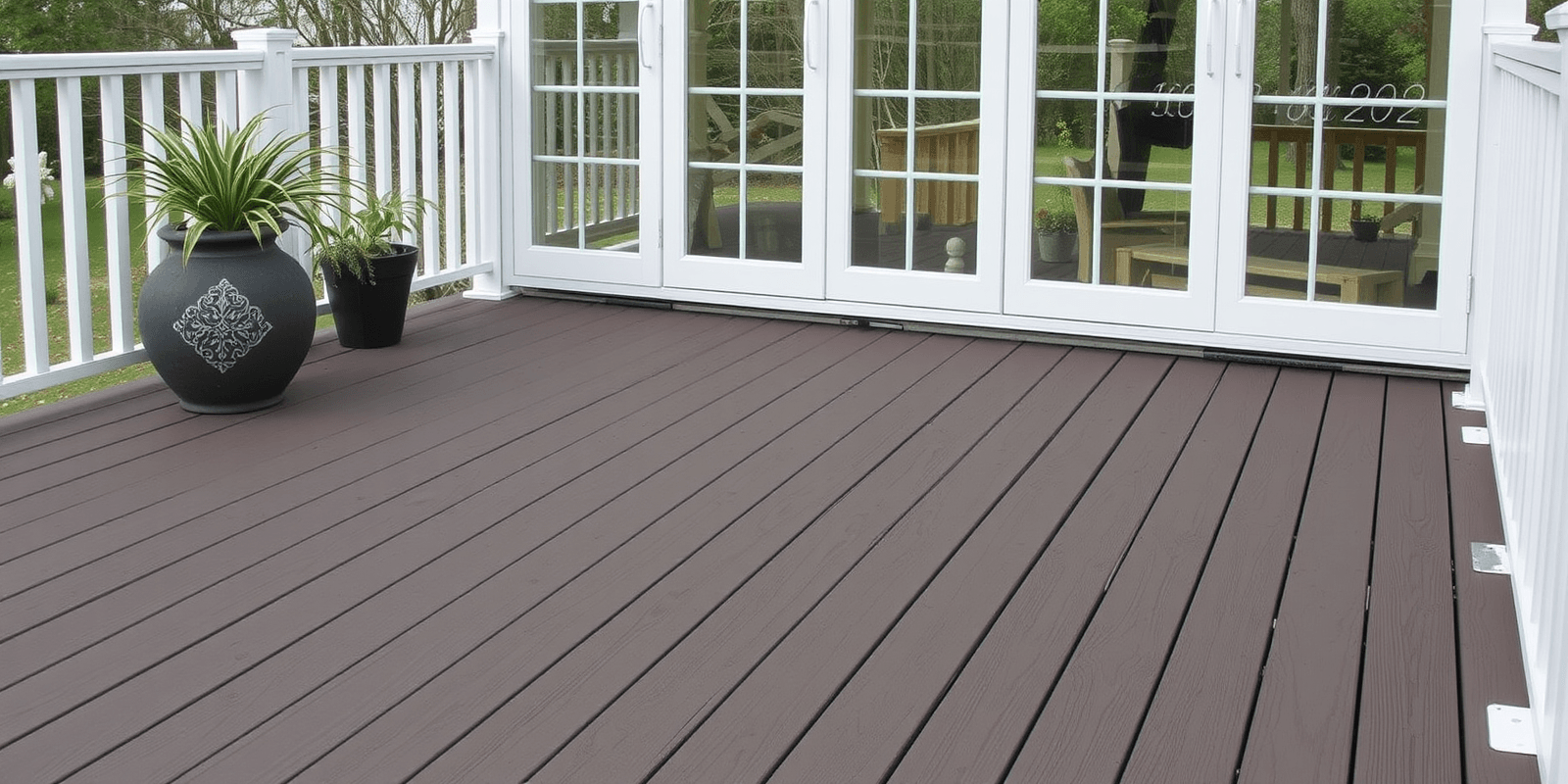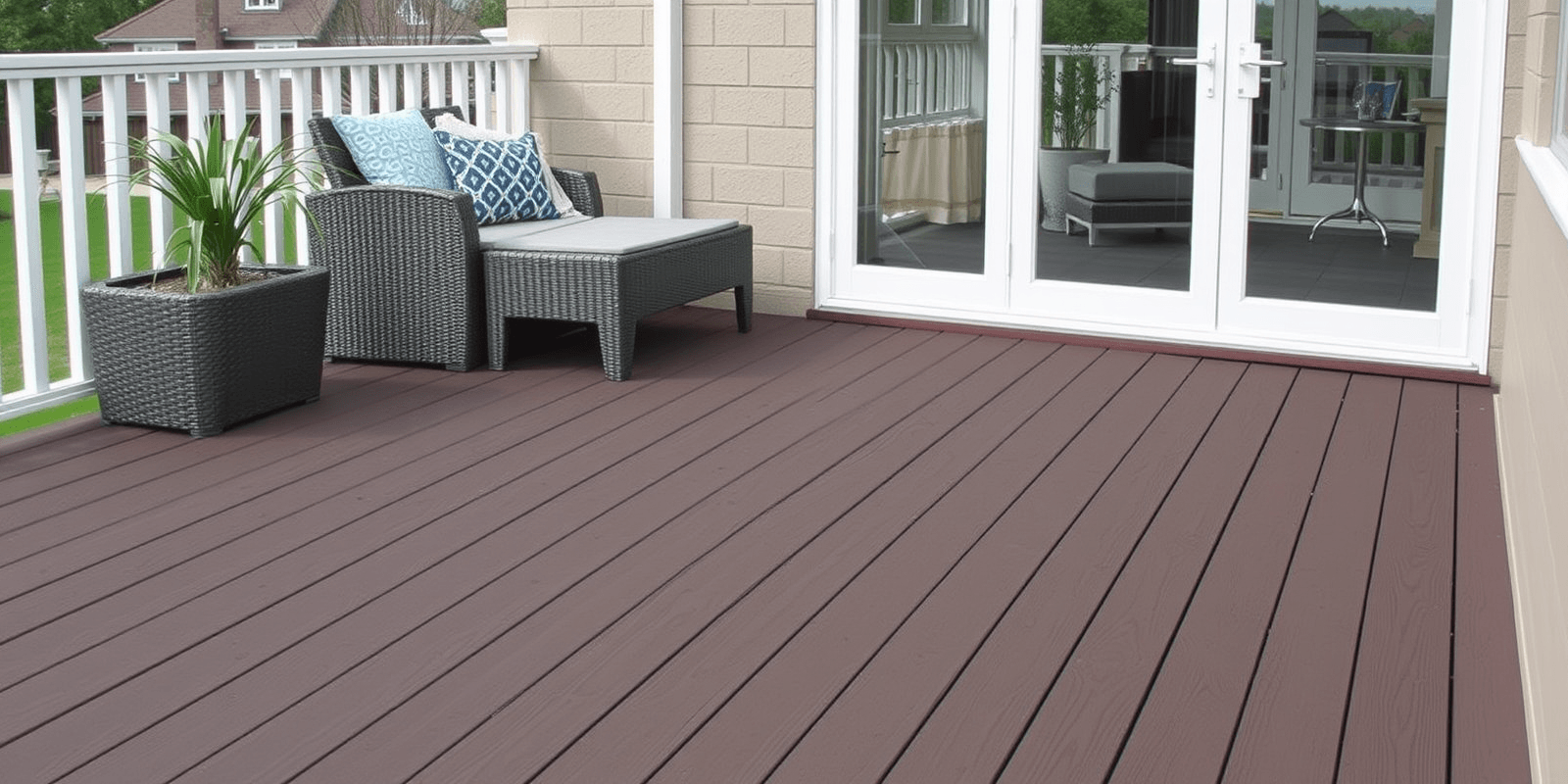“`html
Capped Composite Decking: A Sustainable Outdoor Solution
Introduction
In recent years, there has been a growing trend towards sustainable living, and outdoor spaces are no exception. Capped composite decking boards have emerged as a popular choice for homeowners looking to create beautiful and durable decks while minimizing their environmental footprint. These boards combine the best features of traditional wood with the durability and low maintenance of composite materials, making them an excellent option for those seeking a sustainable outdoor solution.
What is Capped Composite Decking Board?
Capped composite decking boards are made from a combination of wood fibers, plastic, and other recycled materials. The “capping” process involves adding a protective layer on top of the composite material, which enhances its resistance to moisture, stains, and UV rays. This not only increases the longevity of the decking but also reduces the need for frequent maintenance, thus contributing to a more sustainable building practice.
Use of Recycled Materials
One of the key sustainability aspects of capped composite decking is the use of recycled materials. Manufacturers often incorporate a significant percentage of recycled plastics and wood fibers into their products. For example, Trex, a leading manufacturer of composite decking, uses over 90% recycled materials in their products. By repurposing these materials, capped composite decking helps reduce waste and conserves natural resources.
Reduction in Deforestation
Traditional wood decking often requires the harvesting of trees, contributing to deforestation and loss of biodiversity. In contrast, capped composite decking utilizes recycled materials, significantly reducing the demand for virgin wood. This shift away from wood-based products can help preserve forests and promote sustainable forestry practices. According to the U.S. Green Building Council, using composite decking instead of wood can save up to 1,000 trees per year, depending on the size of the deck.
Lower Environmental Impact Compared to Traditional Wood Decking
Capped composite decking offers several environmental advantages over traditional wood decking. Firstly, it requires less maintenance, reducing the need for chemical treatments and cleaning agents that can harm the environment. Secondly, composite decking is highly resistant to rot, decay, and insect damage, extending its lifespan and reducing the frequency of replacements. Lastly, the production process of composite decking generates fewer greenhouse gas emissions compared to the logging and processing of wood.
Conclusion
Capped composite decking boards represent a sustainable alternative to traditional wood decking. By utilizing recycled materials, reducing deforestation, and offering lower environmental impact, they provide a compelling solution for environmentally conscious homeowners. As awareness of sustainability continues to grow, capped composite decking is likely to become even more prevalent in the construction industry.
“`



